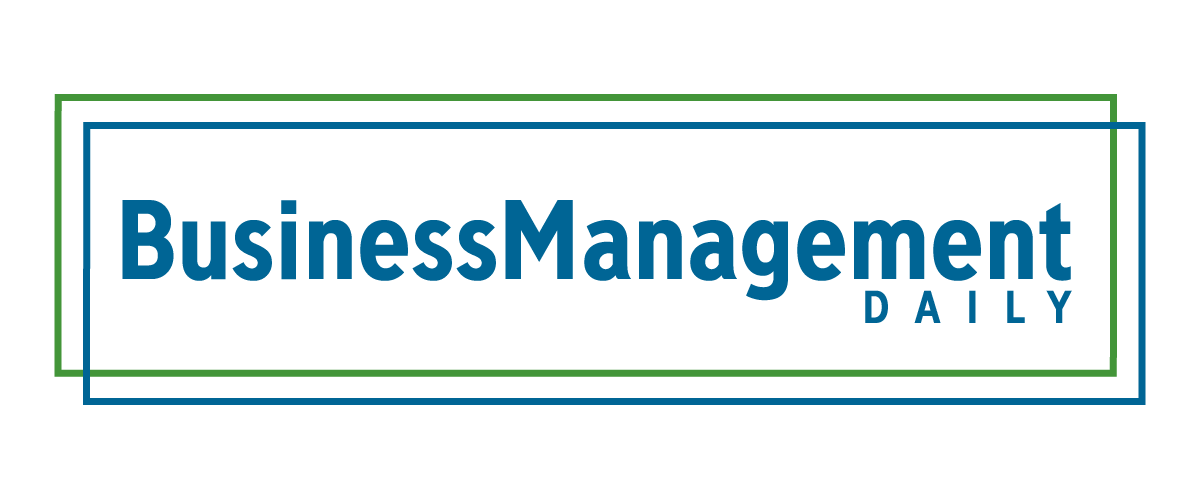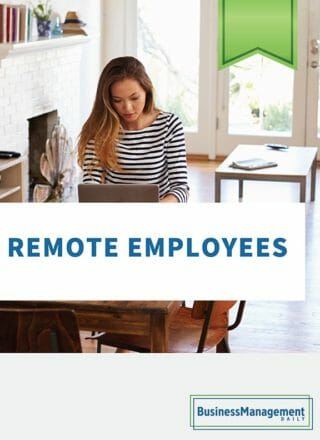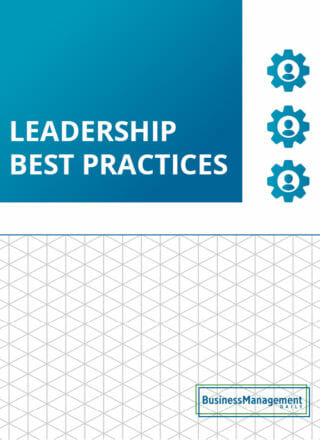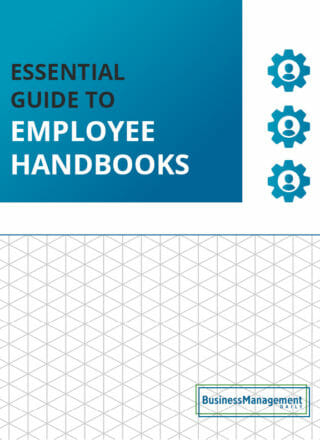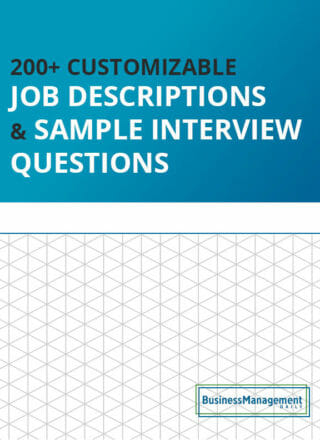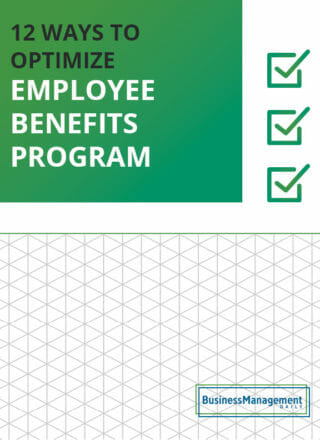Track productivity without bossware and employee monitoring
The pandemic’s remote work revolution
To say the absolute least, the pandemic considerably changed how we work. Safety precautions changed lively offices. Offices became wastelands. Empty chairs filled the space. People started scratching their heads. They wondered about something.
Specifically, they asked whether they needed to work from a desk, which was in somebody else’s rental space. Eventually, office restrictions were lifted, but working in pajamas? That part wasn’t so easy to undo.
Today, remote jobs are the norm, or at least they’re becoming such. One of the first questions interviewees ask these days is whether or not earning a paycheck means leaving the comforts of home. If an employer insists on in-office attendance, they usually end up shorthanded.
In the wake of all the changes, some employers began to wonder how they could track employee productivity when they couldn’t see the employees doing actual work. Enter monitoring tools.
Snooping with software surveillance
Remote work exposed a major wrinkle in the workplace: setting and reaching goals wasn’t enough. Physical presence was required. Therefore, employers needed to bridge the attendance gap. Some employers required their teams to show up.
Teams went to the office once or twice a week. Additionally, some employers require team members to appear on webcams. Team members wore full work attire—anything to keep up appearances.
But then things got a little weird. Bossware, as it’s called, started to be installed on employee computers. Managers did not check in. They wanted to see how things were going.
Instead, they used apps. These apps granted managers unprecedented access. Managers monitored the activities of team members. They tracked keystrokes and read chats. They generated productivity scores. Some even used spyware. They tracked social media usage.
Worst of all, some companies didn’t even tell their employees about the surveillance software, hoping to keep productivity monitoring a secret indefinitely. Spoiler alert: they didn’t.
What it feels like to be spied on
Perhaps the most unnerving part of bossware was learning that it didn’t originate with the pandemic. Many productivity tracking programs were used secretly long before remote work was popular. It shocked many of us to learn that trust was a commodity even more rare than previously thought.
Let’s be clear: spying on your employees isn’t just unethical; it’s plain wrong. You make a deal with the devil when you use bossware to track productivity.
Rather than trusting employees to use their time wisely and judging them by the actual work they do, surveillance software sends a clear message. A message that your workplace is one where even the slightest suspicion of remote employees warrants an invasion of their privacy; something which will destroy retention in the long run.
Along with the lack of privacy, being the object of constant surveillance is bad for productivity. When the brain knows it’s being watched, something happens akin to panic, and the result is a lack of focus that makes task management much harder.
 With surveillance, work environments may suffer:
With surveillance, work environments may suffer:
- A lack of productivity
- Employee distrust and resentment
- Low retention
- Disunity among team workflows
- Possible lawsuits
And since few laws exist to monitor the monitors, companies are getting a little greedy with the amount of information they collect. The Electronic Frontier Foundation minces no words about the plight: “Under current U.S. law, employers have too much leeway to install surveillance software on devices they own.”
On top of that, there doesn’t seem to be any rush to outlaw these programs. To the contrary, in fact, business is booming for the software companies making these products.
This isn’t the information you’re looking for
As an employer, you need to ask yourself what you actually want to learn through employee monitoring software. Do you suspect someone’s work is suffering because they waste too much time online? Are you worried an employee is badmouthing the company?
If so, go with your gut. First, have a conversation. Then, get a Performance Improvement Plan going. However, do not add to the stress of everyone else’s workday. Instead, avoid introducing espionage into the workplace
Look, as workers, we understand that bosses want to know what we’re doing and that they have to check in to make sure we’re being productive. All of that is okay. Work goals, productivity targets, and more are not new.
What’s not okay is having Slack monitor every keystroke so they can see what we’re typing when we have a second. Reading personal messages, gleaning passwords, and accessing personal data are not things our bosses should have access to.
Even worse, these tools don’t necessarily directly monitor productivity. Many employees step away from the computer. Often, they think about a problem. Alternatively, they take a break. They address a personal issue. Subsequently, they improve productivity. Then, they return to the task.
If there’s a problem with employee activity, the best thing to do is talk to your employees. If they suddenly are not completing as much work as they did before or the quality has dropped, that’s a fine conversation to have and a metric to hold them accountable by.
How should managers monitor productivity?
Hopefully, you see why using these programs is detrimental to the workplace by now. However, that still doesn’t solve remote teams’ problems, making tracking productivity more difficult. So, let’s talk about it.
First, set clear expectations. Far too many companies have an attitude of, “If you don’t have something to do, find something to do,” which places the onus of productivity on people who have no business making those decisions.
Think about it: do you really want the newbie reorganizing company files just because they had to kill time?
If employees don’t have work to do, it’s not their fault. Installing tracking tools to punish them for it only reinforces that management is failing them. Meaningful work drives retention, so when employees are stuck doing things no one cares about, they need better project planning, not more monitoring.
Ensure that employees have adequate work available to them. If there’s a chance they’ll run out of tasks for the day, or have downtime between tasks, provide something for them to do during that time.
This could involve doing required training, reading up on the latest trends on industry sites, or some other productive use of downtime.
Empowerment through ownership: Boosting remote productivity
Second, base your metrics on achievements, not optics. Resist the urge to scold employees when they’re not glued to their monitors typing a million words a minute.
Most employees want to do good work—give them something to work toward rather than pushing them into meaningless occupations (which usually leads to burnout).
Gaging how much an employee accomplishes in a given time and the quality of the work is much more meaningful than minutes sitting at a computer.
Finally, employees should be given ownership over projects wherever possible. When workers get to put their names on things, they are more likely to do good work. Conversely, when they’re just cogs in their manager’s machine, they may not find it all that important to stay on task.
Track time, not activity
Instead of seeing what employees do when they’re not working, why not track what they do when they are working? Platforms like Tick provide project bases to log time against, providing a clearer picture of how long it takes people to get their work done.
Who knows? You may find that your lollygaggers are actually your most efficient workers and the reason they look like slackers is because they don’t have enough to do.
In the end, it’s a win-win. Employees have work to do, and managers have a tracking software platform to keep them busy, forging a connection within teams that drives goodwill and encourages productivity. These are the kinds of foundations that create strong businesses, not spy software.
Take advantage of regular check-ins
No employee is perfect. Okay, some are, but most of us need an occasional nudge in the right direction, and those conversations must come from managers. Make sure to schedule regular check-ins with your teams to see how work is going.
Work takes up almost half of our waking hours. Like anything, the routine can easily become rigmarole, leading to complacency. Communication is essential. Otherwise, complacency gets misinterpreted. Specifically, people mistake complacency for apathy.
They also mistake it for incompetence. Consequently, doubt festers, creates broken bridges, causes confusion, generates anger, and results in disappointment.
Just talk to your employees! Give them a judgment-free listening ear that respects their feelings. You’ll usually find they’re more eager to be successful than you thought. We want to be heard, so provide that space at work.
Give recognition where recognition is due
Nothing motivates quite like a personal compliment, be it a sincere pat on the back or a nice bonus check. Showing people they matter is a hallmark of great companies, and it’s easy to see why.
People love recognition. Taking time to recognize an employee’s hard work isn’t always the highest priority on most managers’ lists, but the dividends are huge.
If an employee is having a hard time succeeding at work, try giving them a win here and there. You may find that it helps them grow and settle into a work ethic you can count on later. At the very least, you’re not hurting anyone by making people feel good about their work.
Your teams are your responsibility
If you’re tempted to spy on your employees, ask yourself how things got this bad. If you’re at the point where bossware seems like the best option, there are certainly problems. And bossware is only likely to make them worse.
Your teams deserve your trust. Therefore, put in a little effort. Also, show enthusiasm. Consequently, you can create a culture. In this culture, people want to do good. Instead, they avoid going to great lengths. Specifically, they avoid hiding being bad.
More resources:
Essential employee turnover metrics you need to track
Understanding new-collar jobs: A path to success without a degree
Employee performance tracking: Methods & tools to fit your needs
